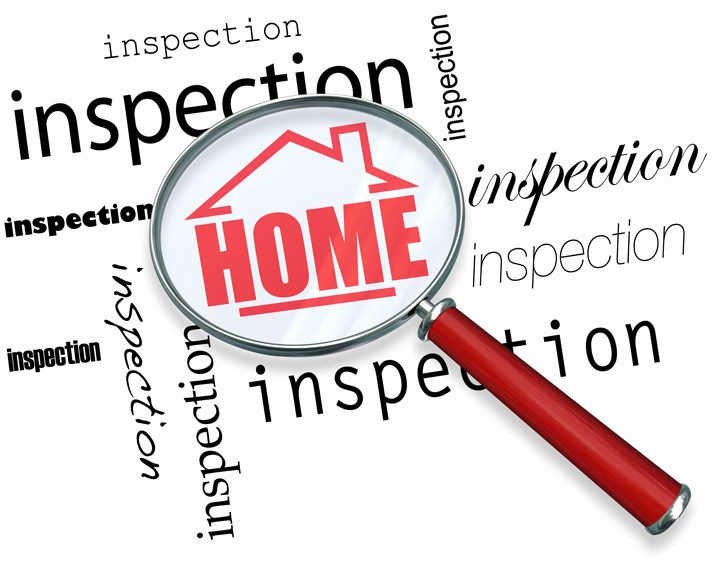
What Are the Parts of an Appraisal?Their home's purchase is the most significant financial decision many of us might ever encounter. It doesn't matter if a primary residence, a seasonal vacation property or a rental fixer upper, the purchase of real property is a complex financial transaction that requires multiple parties to pull it all off. You're likely to be familiar with the parties taking part in the transaction. The real estate agent is the most recognizable person in the exchange. Next, the lender provides the money needed to bankroll the transaction. And ensuring all areas of the transaction are completed and that the title is clear to pass to the buyer from the seller is the title company. So, what party is responsible for making sure the property is worth the purchase price? This is where the appraiser comes in. We provide an unbiased opinion of what a buyer could expect to pay — or a seller receive — for a parcel of real estate, where both buyer and seller are informed parties. A licensed, certified, professional appraiser from David Clayton Appraisals will ensure, you as an interested party, are informed. The inspection is where an appraisal beginsTo ascertain an accurate status of the property, it's our responsibility to first conduct a thorough inspection. We must see features first hand, such as the number of bedrooms and bathrooms, the location, and so on, to ensure they indeed exist and are in the condition a typical buyer would expect them to be. To make sure the stated size of the property is accurate and convey the layout of the house, the inspection often includes creating a sketch of the floorplan. Most importantly, the appraiser looks for any obvious features - or defects - that would affect the value of the property. Following the inspection, we use two or three approaches to determining the value of real property: a sales comparison, a replacement cost calculation, and an income approach when rental properties are prevalent. 
Cost ApproachHere, the appraiser analyzes information on local building costs, labor rates and other elements to ascertain how much it would cost to replace the property being appraised. This value commonly sets the upper limit on what a property would sell for. It's also the least used method. 
Analyzing Comparable SalesAppraisers become very familiar with the subdivisions in which they appraise. They innately understand the value of certain features to the residents of that area. Then, the appraiser researches recent sales in close proximity to the subject and finds properties which are 'comparable' to the property in question. By assigning a dollar value to certain items such as upgraded appliances, additional bathrooms, additional living area, quality of construction, lot size, we add or subtract from each comparable's sales price so that they more accurately portray the features of subject property.
Once all necessary adjustments have been made, the appraiser reconciles the adjusted sales prices of all the comps and then derives an opinion of what the subject could sell for. At David Clayton Appraisals, we are an authority when it comes to knowing the value of particular items in Stephenville and Erath County neighborhoods. The sales comparison approach to value is commonly awarded the most weight when an appraisal is for a home purchase. Valuation Using the Income ApproachA third method of valuing approach to value is sometimes used when a neighborhood has a measurable number of rental properties. In this case, the amount of revenue the property yields is factored in with income produced by neighboring properties to derive the current value. Coming Up With The Final ValueExamining the data from all applicable approaches, the appraiser is then ready to stipulate an estimated market value for the property at hand. Note: While this amount is probably the most reliable indication of what a property is worth, it probably will not be the price at which the property closes. It's not uncommon for prices to be driven up or down by extenuating circumstances like the motivation or urgency of a seller or 'bidding wars'. But the appraised value is typically employed as a guideline for lenders who don't want to loan a buyer more money than they could get back in the event they had to put the property on the market again. The bottom line is, an appraiser from David Clayton Appraisals will guarantee you attain the most fair and balanced property value, so you can make the most informed real estate decisions. |